A dirty and growing problem: Too few toilets
Researchers look to manage the unflushed wastes of more than one in every three people
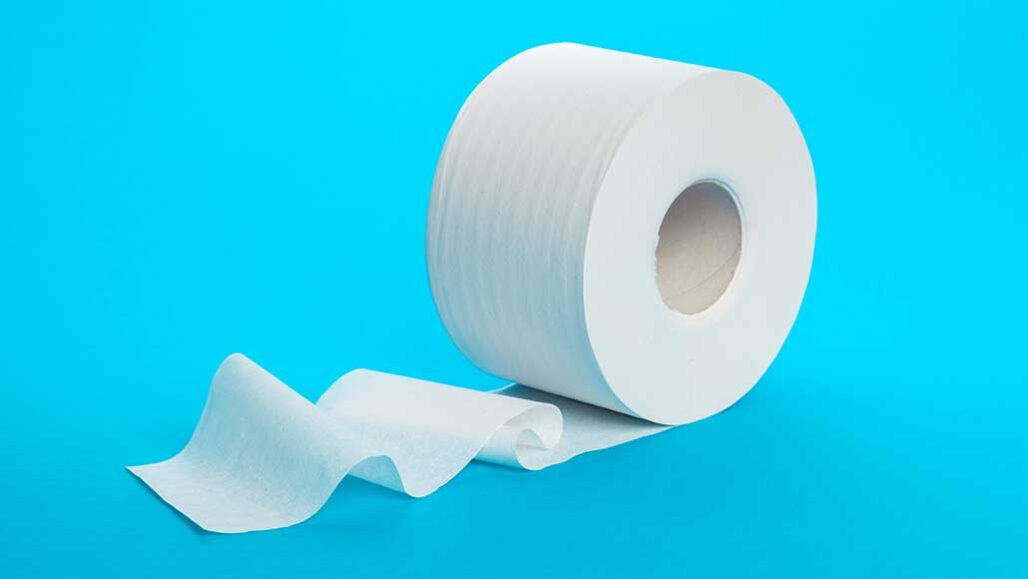
Throughout the world, some two in every three people lack access to a toilet. Science is now looking to help them deal with — and maybe even find benefits in — their unflushed wastes.
FabrikaCr/iStock/Getty Images Plus
A flying toilet might sound cool. You could imagine a hovercraft into which you can pee or poop. But the reality is a lot less fun. A flying toilet is a plastic bag into which someone relieves himself. Then? It’s thrown away. Pretty gross, right? So why would anyone do that? Because a great many people across the planet have nowhere else to put their wastes.
Some 2.4 billion people around the world have no toilet. Of these, 892 million have to do their business outside, often in the streets. More than 2 billion others have toilets, yet they aren’t disposing of their feces safely. Why? These toilets dump into overflowing septic tanks or into local rivers and lakes. In all, the World Health Organization finds, roughly 4.4 billion people — more than half the world — cannot safely and cleanly dispose of their bodily wastes.
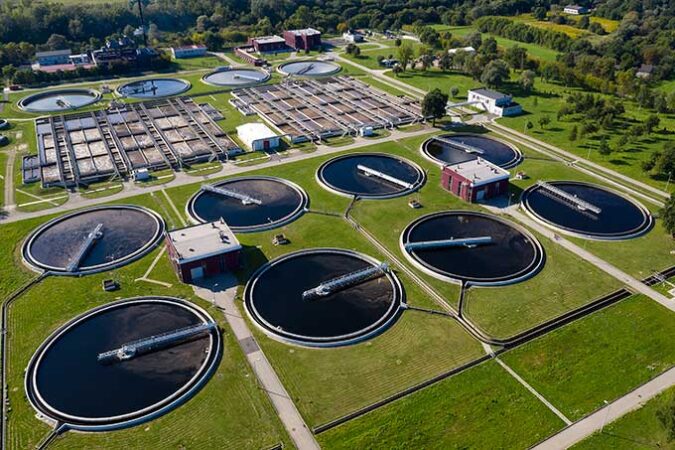
Most of these people live in low- and medium-income countries in the Southern Hemisphere (lands below the equator). This includes the continents of Africa, South America and much of Asia. Australia and New Zealand and nearby islands lie in that hemisphere, too.
In the United States and other wealthy nations, most people relieve themselves into a toilet. With the simple push of a button or flip of a handle, water rushes into a bowl. Then the mix swirls out of sight and out of mind.
From there, in most cases, clean water carries the nasty stuff out of the home through a system of pipes. In most larger cities and towns, those pipes divert this liquid stream of wastes through a network of pipes known as the sewer system. It all ends up at a treatment plant. There, settling ponds, bacteria, chemicals and machines make the wastes safe enough to go back into the environment.
People too far away from sewer pipes usually have septic tanks. These big underground tanks collect a toilet’s outflow. The pee in these tanks slowly goes into the ground. Every few years, as feces start to fill the tank, a professional will come by to pump these out and take them away.
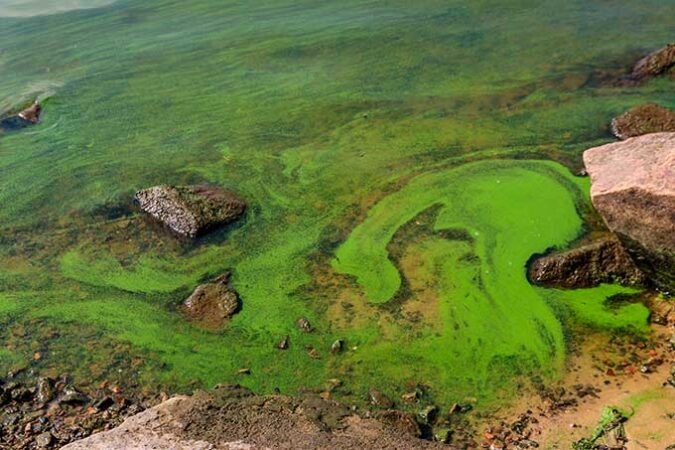
All these systems are costly. Too costly for the governments of many low- and medium-income countries to finance. Some cities in these countries also are growing very quickly. They may not be able to add on enough sewer lines to supply all the newcomers with the ability to flush away their wastes.
The World Resources Institute, in Washington D.C., performs research on environmental issues around the world, especially those affecting low- and medium-income countries. In December 2019, it put out a report that reviewed how 15 large cities within low- and medium-income countries manage human wastes. All were in the Southern Hemisphere. On average, the review finds, the wastes of more than six in every 10 people in those cities is not managed safely.
This is a big problem. Human feces carry a lot of germs. Among them: germs causing potentially deadly diarrheal diseases such as cholera (KAHL-ur-ah) and dysentery. A 2018 paper from The Lancet Infectious Diseases reported that in 195 countries, diarrhea was responsible for 1,655,944 deaths. The paper credited poor sanitation for more than half of the 466,000 deaths among children under 5 years old.
Human waste also is bad for the environment. Rain can wash it off streets and soils. Like fertilizer, the waste is rich in nutrients — so rich that it can lead to algal blooms that kill fish and make the water in downstream lakes and rivers dangerous to drink.
What are low- and medium-income countries?

The World Bank, based in Washington, D.C., offers money and technical help to lift people out of poverty. It focuses on low- and medium-income nations. It ranks the general wealth of nations by what it calls their gross national income, or GNI. To calculate GNI, the World Bank adds up the income earned in a year by everyone in a nation. Then it divides this amount by how many people live there.
Babies and people who are very sick or very old are unlikely to earn income. Some children and disabled people may earn money, but not much. That means the strongest and healthiest people in a society earn the money that covers the cost of all others.
In the 29 poorest nations, per-person annual incomes are now $1,035 or less. There are 106 middle-income countries. Incomes in these countries may be as high as $12,535 per person. The GNI for 83 wealthier nations is higher.
The World Bank’s website gives a breakdown of the world’s nations by these groups. Low-income nations include Afghanistan, Ethiopia, North Korea, Somalia and Uganda. In poorer middle-income nations, per-person incomes average no more than $4,000. These include India, Kenya, Nicaragua, Pakistan, the Philippines and Ukraine. Fifty middle-income nations earn more — up to $12,535 per person. Argentina, Brazil, Cuba, Iraq, Mexico, South Africa, Thailand and Turkey are among these countries.
— Janet Raloff
Thinking outside the pipes
If toilets and sewer systems are so useful, why can’t everyone have them? The answers vary.
For one thing, flush toilets send some 140 billion liters (37 billion gallons) of fresh, drinkable water down the drain every day. That’s more than 56,000 Olympic-sized swimming pools worth of water! And where water is scarce, it must be saved for drinking. As climate change makes fresh water harder to find in some places, flushing away clean water may look less and less desirable.
Putting in big, new sewer systems is also costly. Francis de los Reyes III is an environmental engineer at North Carolina State University in Raleigh. Installing and maintaining sewers everywhere in the world, he notes, would cost tens of trillions of dollars.
“The system that we have here in the U.S. is too expensive,” de los Reyes said in a TED talk he gave on the topic. “We need new technologies along the whole sanitation chain. And we have to be creative.”
De los Reyes thinks about poop a lot. While traveling, he often takes pictures of places where people have relieved themselves. He grew up in Manila, the capital of the Philippines. It’s one of those low- and middle-income nations. So growing up, he saw some of these sanitation problems firsthand.
In an ideal world, he says, toilets would use much less water — maybe none at all. They also would be more localized. For example, instead of your poop going all the way from your apartment building through miles of sewer pipes, it might just go down to the basement. There, this waste could be converted to fuel and the pee treated so that the water in it could be recycled.
Right now, this is just a dream.
A better goal, de los Reyes thinks, would be to find a way to make money from poop. It contains energy and nutrients. Research must figure out how to transform these valued resources into products people desire, such as fuel or fertilizer. That’s the best hope of motivating people in poorer parts of the world to collect and manage human wastes, he says.
Farming with poop
Low- and medium-income countries often do not have enough money to fund sanitation projects. So in many places, private companies have taken a lead. Sanergy is one of them. It’s based in Nairobi, the capital of the East African nation of Kenya. According to estimates, more than half of Nairobi’s four million people live in informal settlements, sometimes called slums. These are large areas where many people have taken shelter over a short period of time. Homes there might be unstable sheds made of sheet-metal and plywood. They may lack true doors or windows, running water and electricity. Homes might be right next to one another. Needless to say, these communities have no flush toilets or enclosed sewers.
Sanergy rents toilets to one Nairobi slum called Mukuru. These FreshLife toilets need no water. They also have a divider between the front and the back of the bowl, so that pee goes into one chamber, poop into the other. This is important, because once mixed, poop and pee become hard to separate.
Sanergy sends workers to regularly collect the wastes. The company then turns the feces into animal feed and fertilizer, products it can sell.
To make the animal feed, Sanergy harnesses black soldier flies. The flies’ larvae — or maggots — consume organic wastes, such as feces. Once the maggots have dined on all the poop they can, the insects are boiled. This kills any germs they may have picked up. Their bodies are then dried, ground into a powder and added to other animal feed as a protein boost. Even the flies’ poop is recycled to make an organic fertilizer that farmers will later put on their fields to enhance crop growth.
Sanergy makes money by leasing the toilets at a low price, then selling its poop-derived products to farmers. Such a system is much better than trying to build enough sewers for everyone, argues Sheila Kibuthu. She manages communications for Sanergy,
“Cities are growing very fast,” she notes. “We never have enough money to build sewers. And if you look at all these sewers that we’d need to build, it would slow down the process of reaching everyone with safe sanitation.”
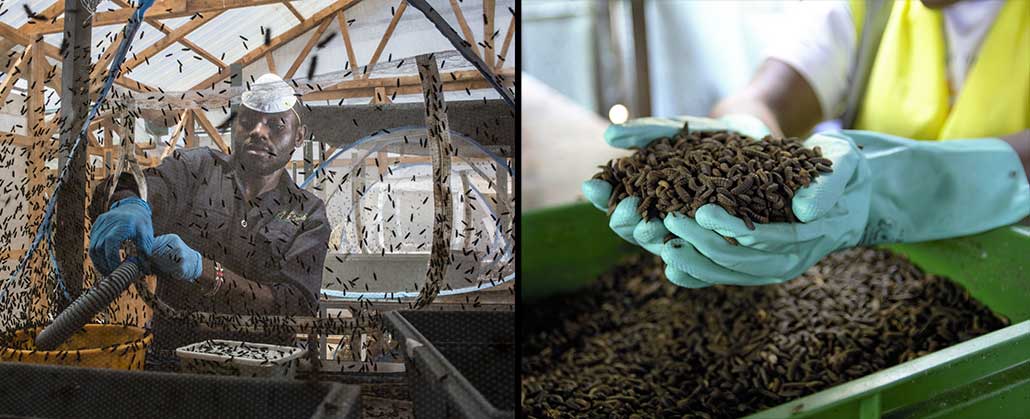
Save a tree, burn a poop log
Right now, firewood is Kenya’s main fuel. Since 2000, this country has lost nearly one in every 10 of its trees. They were cut down for fuel. But in Naivasha, not far from Nairobi, another company is turning poop into briquettes that industries can burn as fuel.
Burning poop for energy is not a new idea. Typically, however, people burned it for home use, not to fuel industries.
Naivasha and the surrounding areas are home to a lot of tea and flower farming.
This uses a lot of fuel and has drawn lots of workers to the region in a short period. Today, most Kenyans rely on latrines — just holes in the ground, usually under a small building. Latrines need to be emptied regularly so that they don’t overflow. In Naivasha, a company known as Sanivation works with groups that empty those latrines. They bring the collected wastes to the company for processing.
Sanivation uses a machine to squeeze the pee out of the wastes. That liquid will be treated separately. The feces are solar heated to kill germs, then dried out, mixed with sawdust and formed into briquettes. The end-product looks sort of like what your parents might use to fuel backyard grills. Except these briquettes are not made of charcoal and are far bigger.
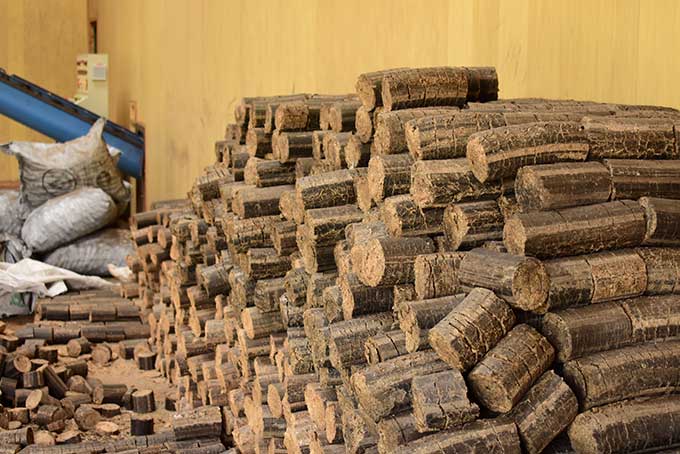
This waste-to-energy provide a product with value. It also helps keeps pee and poop out of neighboring Lake Naivasha. Home to hippos, pelicans and lots of fish, this lake often becomes polluted with human wastes from the city. And that causes a big problem. High levels of nitrogen in urine cause a nutrient overload. That can lead to eutrophication (YU-troh-fih-KAY-shun). It’s a condition where an overgrowth of algae, known as a bloom, removes a lot of oxygen from the water. It is as though the lake is choking on human waste. Fish and other lake dwellers may die from suffocation, as they have in other places, such as Lake Erie in North America. And the algae may make toxins that also kill aquatic organisms and poison people.
Last year, Sanivation reports, it safely treated more than 150 tons of human solid wastes. And its poop-energy logs spared more than 25,000 trees from being cut down in 2019. This program now draws on wastes from roughly 10,000 people each month.
Flush your toilet with pee
Urine might also prove useful. Instead of using clean water, one project at Duke University in Durham, N.C., would use pee in place of clean water to flush toilets. Indeed, it might just make toilets possible where spare water to flush isn’t available today.
First, of course, that urine would need to be disinfected.
With a population of more than 2.7 million people, Coimbatore is one of many cities in southern India that lacks proper sanitation. It is here that research scientist Brian Hawkins and his team have set up their new test toilet system. They call it the Reclaimer.
After someone goes to the bathroom, their Reclaimer toilet separates the urine from the feces. To get rid of any leftover solids, the urine then goes through a filter with lots of holes. Each hole is just 20 nanometers across. That’s small — equal to about eight times the width of a DNA molecule. The wastewater then passes through an activated-carbon filter; it’s similar to what’s in a tabletop water filter. This removes any smells and colors. The system then sends an electric current into the liquid. This transforms the salt (sodium chloride) in the urine into chlorine. That chlorine kills any germs that might make people sick.
This treated water is not clean enough to drink, Hawkins says. But that’s okay, because the water will only be used to flush away the other wastes.
Right now, the system is a work in progress. The urine still leaves the Reclaimer carrying too much nitrogen and phosphorous. Hawkins and his team are looking at different techniques for removing these nutrients, perhaps turning them into a fertilizer.
In praise of pipes
For all the water, expense and energy that sewer systems need, Victoria Beard still prefers them for crowded regions. Beard studies city planning at Cornell University in Ithaca, N.Y. She also is a fellow at the World Resources Institute and an author of the report it issued last year on global sanitation problems.
“Honestly, doing this research, I haven’t come across another type of system that provides this kind of coverage for everyone in large urban areas,” she says. Companies like Sanivation and Sanergy still have a long way to go to help all 2.4 billion people without toilets, she says.

It’s not the toilet that’s most important, Beard says, but the whole system behind it. “Toilets are where people put their butts. What is important is the whole sanitation-service chain.”
Beard also does not want to recommend solutions to people in other countries that she herself would not want to use. In response to the issue of flying toilets, one company created compostable bags that people can poop into and then bury. While that might offer a temporary fix, it probably is not something people want to do forever, she notes. And plenty of research shows that even biodegradable plastics may not break down quickly. They need the right moisture levels and microbes to degrade.
Everyone agrees that sanitation is a big problem. While clever solutions are beginning to emerge, none will offer a quick, easy fix that works in all places.
This is not a new problem. More than 40 years ago, almost every government in the United Nations committed to providing its citizens with good sanitation. Today, that goal is still far from reality.
Sanitation should be viewed as a basic human need, Beard says. Cities may provide jobs, excitement and a sense of community. But that’s not enough, she adds. With the current state of sanitation in large parts of the world, she says we “need to radically rethink our assumptions about what healthy, livable cities look like.”